Meet a Cohort of
Santa Barbara
‘Climate Stewards’
Community Environmental Council
Offers Nine-Week Certification Program
By Callie Fausey | April 25, 2024

After nine weeks of feeling like a college student again — it’s only been two years, but, sigh, those were the days — I am now a certified “Climate Steward,” thanks to Santa Barbara’s Community Environmental Council (CEC) and the University of California’s Agriculture and Natural Resources (UCANR) division.
But since completing the Climate Stewards course, the biggest change I noticed was not in my understanding of climate change, nor my ability to recognize its effects all around me. The most notable transformation was in remedying the crippling angst and helplessness I felt around the accelerated warming of our planet.
Connecting with other people who give a hoot about what we are doing to the environment and ourselves was like penicillin for the soul. By the way, only 10 percent of the U.S. population are climate change deniers. Don’t be fooled: This is our shared reality, and we’re in it together.
The Climate Stewards course taught me that rerouting the extinction course we are on is not a lost cause. People care. And guess what — more of our neighbors are actually doing something about it than we might think. Here are just a few stories of the Climate Stewards in our community whose Stewardship Projects are inspiring change on a local level and a larger scale.
Calling All Enviro Heroes
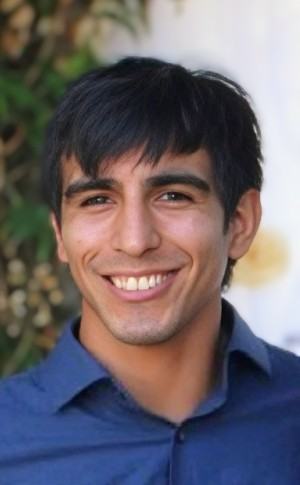
Superheroes are cool. Caring about the environment is cooler. Especially when our planet is becoming increasingly, well, hot.
Johnny Alonzo’s Stewardship Project, an app called “Enviro Hero,” was years in the making. Set to launch in time for Earth Day, the comic-book-themed app encourages eco-friendly actions (biking instead of driving, or choosing reusable over disposable items) to earn points redeemable for rewards such as discounts at environmentally minded businesses.
Alonzo, a restoration ecologist at UCSB, was in the CEC’s very first cohort of Climate Stewards. To start, he surveyed Santa Barbara residents, asking, “What would motivate people to live more sustainably?” The top answers included “incentives” and “feeling more connected to an environmental community.”
Alonzo’s goal is to not only inspire people to make more sustainable choices, but also foster community engagement and competition through components like the app’s “Hero Leaderboard,” which showcases users’ carbon-reduction impacts, as well as promoting local environmental events.
“This is a little expression of myself,” Alonzo said. “I like superheroes. And through the Climate Stewards course, I guess I understood more about the impact that a community can make. I think my ultimate goal is to introduce people to taking these actions but eventually become part of the wider community that they’re in so they can make a more significant difference.”


Right: In the “Enviro Hero” app, users can log sustainable actions to gain points. Left: A community leaderboard will track users’ climate impacts in the “Enviro Hero” app. | Credit: Johnny Alonzo
Painting a Cleaner Coast

Muralist Emiliano Campobello, a longtime Santa Barbara local, is a professional artist of more than 30 years, breathing life into the blank canvases that our region’s floors, ceilings, and walls have to offer.
Campobello has done a lot of different work, but “the most rewarding is when it engages kids and our community, and teaches in a different way,” he said. “It’s when I can paint the beauty of nature, but also educate through that beauty.”
His Stewardship Project encapsulates that sentiment perfectly. It involves painting a 40-by-10-foot mural depicting the Central California coastline on one side of Adams Elementary School’s art building, integrating traditional Chumash village names to honor our region’s ancestry and serve as a land acknowledgment.
Campobello, a rotarian through the Rotary Club of Santa Barbara North, is spearheading the project alongside local president Gil Garcia with backing from the organization.

Students will be involved by making “Ocean Guardian” artwork — a nod to the school’s Ocean Guardian Ambassadors program, offered through the National Ocean Atmospheric Association (NOAA). Each of the school’s approximately 500 students in grades TK through 6 will create their own Ocean Guardian creature, which will then be incorporated into the mural’s underwater scene. The project is a joint effort between Campobello and Claire Fackler, a fellow Climate Steward and National Education Liaison for NOAA, whose own project was to bring “climate literacy” to the students.
Fackler will be incorporating Marine Habitat educational materials for grades K-3 and 4-6 for the “OG Mural Project.” In coordination with Campobello and the Adams School art teacher Sara Leo, Fackler will prepare the educational Ocean Guardians material with all students in grades TK through 6.
“We are always looking for ways to bring the ocean into the classroom,” Fackler said. “I want the students to appreciate and enjoy the ocean and our coast, and be involved in projects that give back to the community,” such as beach cleanups, planting native plants, and speaking out to both encourage climate action — such as “skipping the straw” — and showing appreciation for it, which the students plan to do at the City Council meeting on April 30.
The Santa Barbara County Education Office, through their Children’s Creative Project, has provided the initial funding for the mural, which is scheduled to be executed during the fall of 2024. Anyone interested in supporting the effort can donate and be listed on a commemorative plaque.
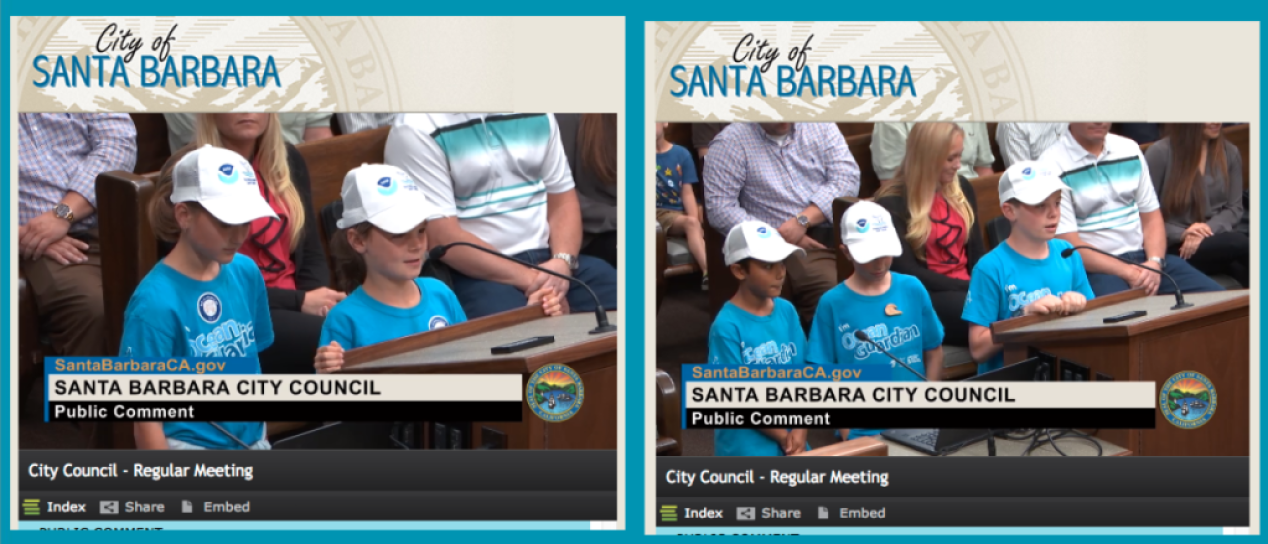
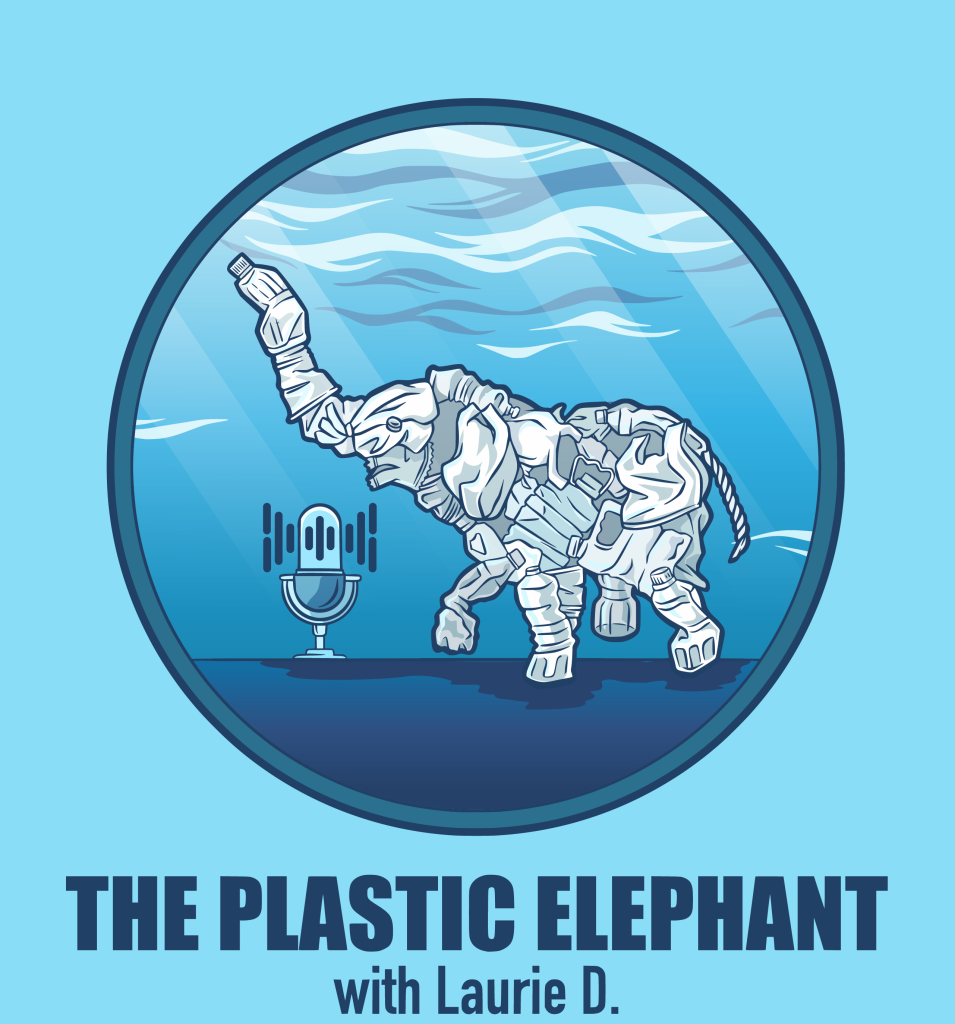
The Plastic Elephant
Climate Steward alum and Lompoc resident Laurie Mohning is teaching people how to take small “bites” out of “the elephant in the room”: plastic waste. Her podcast, appropriately called The Plastic Elephant, is designed to provide tips for people on how to reduce the amount of plastic that they put into the waste stream — such as more sustainable options for typically plastic-packaged products.
“There are so many zero-waste alternatives out there,” Mohning explained. “I want to let people know what these alternatives are and where they can find them, as part of the little things they can do to reduce the amount of plastic that reaches our oceans and pollutes our environment.”
The first episode was slated for Earth Day, with plans to launch it into a series. Mohning said she has ideas for more than 30 episodes at this point, including interviews with other activists aiming to reduce plastic waste. She’s still working out the details but plans for The Plastic Elephant to be available on all streaming platforms.

Find Your Guide
Jasmin Tupy’s Stewardship Project was inspired by her work with Santa Barbara–based nonprofit Heal the Ocean.
Tupy created the Santa Barbara Resource Guide, which lives on Heal the Ocean’s website. She described it as “a one-stop shop for local environmental resources, spanning from volunteer opportunities, eco-home improvement, to education and information tools locally.”
“Working in the nonprofit sector, I realized that so many amazing resources exist, but not everyone is aware of them,” she noted. “So although my idea is simple, I thought it would be helpful to create a resource guide that is local to S.B. and consistently updated.”
Access the guide at healtheocean.org.

Talk-O-Truck
Through the Climate Stewards course, Julie Schneiderman, founder and CEO of local company EcoStiks, became fascinated with climate stories and collective action “to create community, understanding, and compassion” around eco-change. Her project will come to life during Santa Barbara’s Earth Day Festival, where a pink “Talk-O-Truck,” or mobile recording studio, will be stationed to gather and record climate stories and promote community climate resilience.
Schneiderman’s project is in collaboration with the CEC and Starfish Connection — who are donating the Talk-O-Truck for the day — and, in the future, she hopes to connect with other climate storytelling initiatives around the world to gather “climate data” and facilitate connections.
Sustainable Farmers
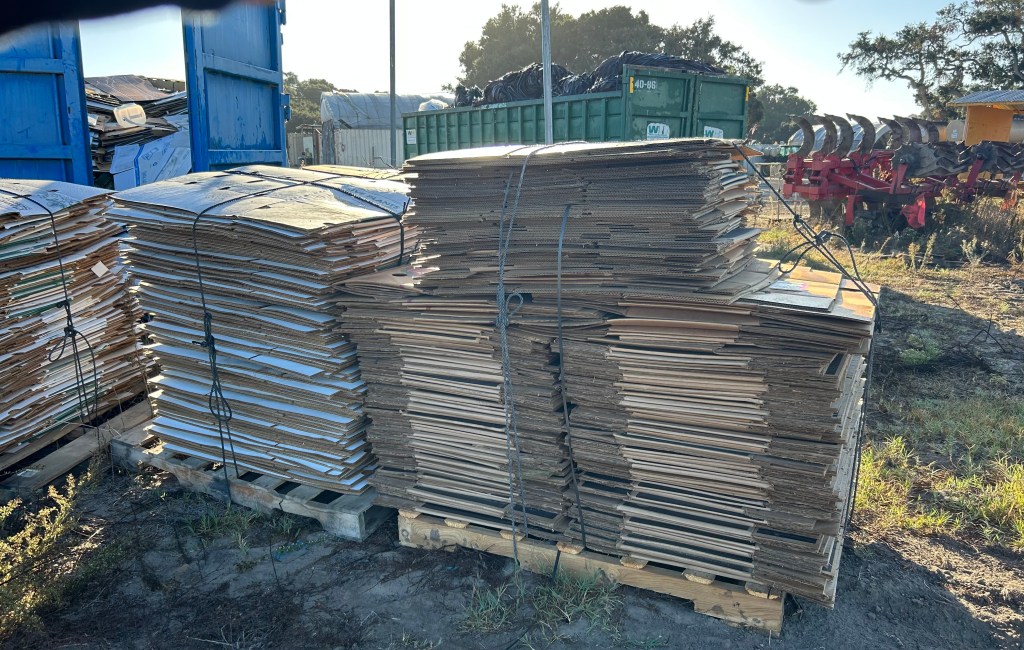
When Gabriela Gamez took the Climate Stewards course last year, she had just recently been appointed as the lead of a new recycling program where she works, Buenaventura Ranch LLC (a k a GoodFarms). As part of the “Green Team,” she aims to reduce waste by creating a habit of recycling materials in their work area, such as cardboard, aluminum cans, and plastics.
Climate change is still a “fairly new” topic in her field, Gamez said. “Many of our employees didn’t understand the impact that recycling can have on our day-to-day operations,” she added.
Educating workers on recycling and using reusable items such as cups is a key focus of Gamez’s work, supported by data the Green Team puts together to track reduced greenhouse-gas emissions. Her project centered on these educational opportunities for North County farmworkers, including creating and distributing climate-change materials in Spanish.
Gamez was driven by the effects of climate change on local agriculture, such as their strawberry season at the ranch — it’s become shorter due to unusually high amounts of rain and has started later due to temperature fluctuations. Hotter days put their employees at risk of heat-related illnesses, and flooding in certain areas of the fields has resulted in less acreage to harvest.
These climate impacts also threaten farmworkers’ livelihoods. Gamez said she worries about the number of individuals and families, herself included, who could find themselves out of a job should the effects worsen.
At the moment, they are working on expanding their recycling program to their sister companies in Oxnard and Watsonville. Once a month, the Green Team hosts a meeting with the three different areas to share ideas on how to expand and improve the program. They are currently working with their field supervisors and foremen to increase the accessibility of recycling bins throughout the fields with signs indicating what kind of materials go in each bin.\
Inspire the Youth
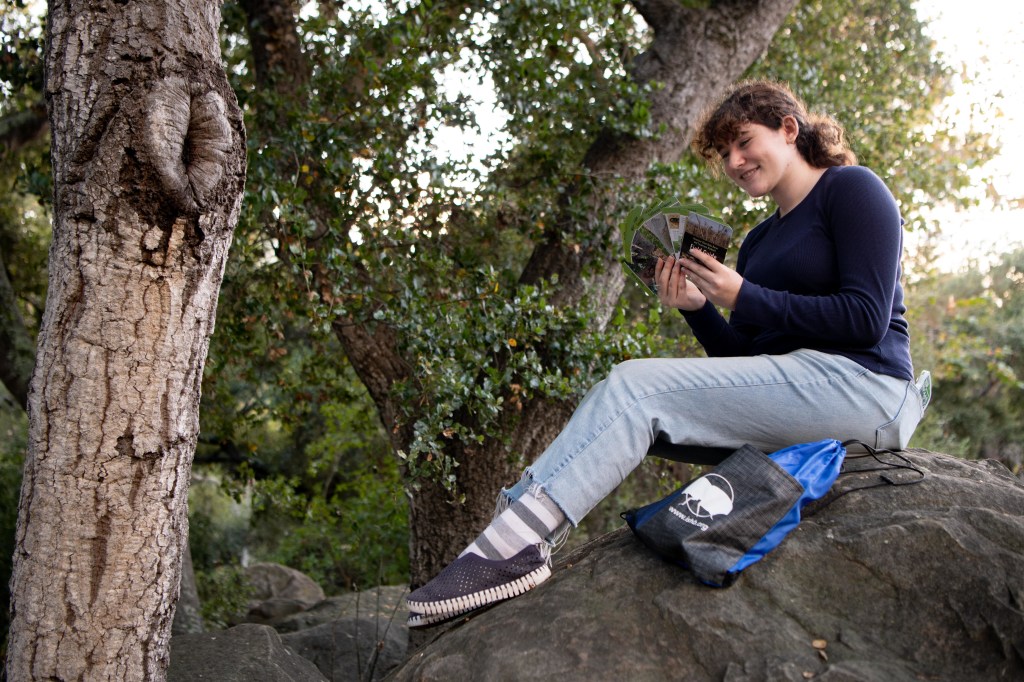
At the Santa Barbara Museum of Natural History, Jessica Prichard, senior manager of school and community programs, is bringing together budding activists through a field-trip program called “Champions for Change: Environmental Stewards Unite!”
Launched in October 2023, the program teaches students in grades 5 through 12 about the concepts of environmental justice, stewardship, and community science.
“Our programs at the museum are typically very hands-on and inspire kids to want to be good environmental stewards,” Prichard said. “However, with an older audience, I wanted to really activate students and give them the tools to learn how they can monitor their own environments and learn about how community science contributes to data that scientists and policymakers use to create real change.”
After graduating from the course in winter 2023, Prichard said the CEC has remained “incredibly supportive.” Kathi King, who teaches the course for the CEC, even encouraged Prichard to become an instructor for the Climate Steward course herself, and she has been able to train with UCANR and hopes to lead her own course soon.
Home Gardening Co-op
Sandra Eacret, a Climate Steward and organic gardening advocate, initiated a “Home Gardening Co-op” for her stewardship project in May 2023. The group meets on Sunday afternoons twice a month, gathering on lawn chairs and blankets in a Goleta park to discuss everything from veggies and fruit trees to soil health and pest control.
First-timers receive a small potted plant (Eacret brings a collection to each meeting for newcomers to choose from) and a composting booklet as welcome gifts. Meetings include sharing produce alongside swapping secrets. Sharing plants opens up the day’s discussion: “What’s this fruit called? How do you eat it? How high can guava trees grow?”
“We are reducing food waste by redirecting it into compost and using it to enrich the soil in our gardens — thereby benefiting the microbes in the soil — and eating delicious, nutritious food from our gardens,” Eacret beamed.
The Co-op is open to all, at no cost. “We all enjoy getting to know other gardeners in our community and making new friends,” Eacret said.

Bee the Change
There are some big challenges facing the tiny buzzers that sustain our ecosystem. Dass Richardson, a climate steward from the spring 2022 cohort, used the principles she learned from the course to shine a light on the little black-and-yellow pollinators who help keep us fed and our flowers healthy.
When Richardson’s friend, Santa Barbara–based artist Michele Foster, asked her if she wanted to be involved in an art show about bees last year, she “emphatically said yes,” thinking it would be the perfect opportunity for locals to learn more about bees (both honeybees and the more than 250 species native to Santa Barbara) and the threats they face.
The May 5 gallery was a huge community effort and a major success, Richardson said. Ventura Bee Rescue brought a live hive, youth groups talked about pollinator gardens, and Blue Ridge Honey sold honey at the event. The show highlighted visual and literary artists (including Enid Osborn, a former Santa Barbara Poet Laureate). And it was definitely worth the buzz.
“The Climate Steward program taught me that although we can make a difference as individuals, we also can accomplish our goals through connection with others to get the climate message out there,” Richardson said.
For more information, see cecsb.org.


[Click to enlarge] Right: Native bees of California, painted by Dass Richardson and her daughter, Anna. Left: A watercolor painting of the wide-ranging impact of bees, painted by Dass Richardson and her daughter, Anna. | Credit: Dass Richardson

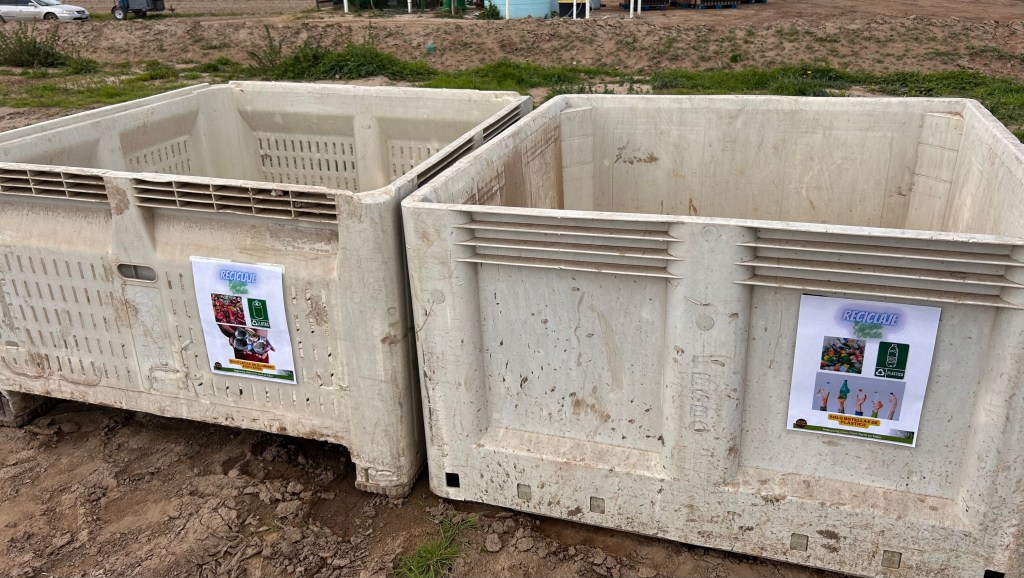
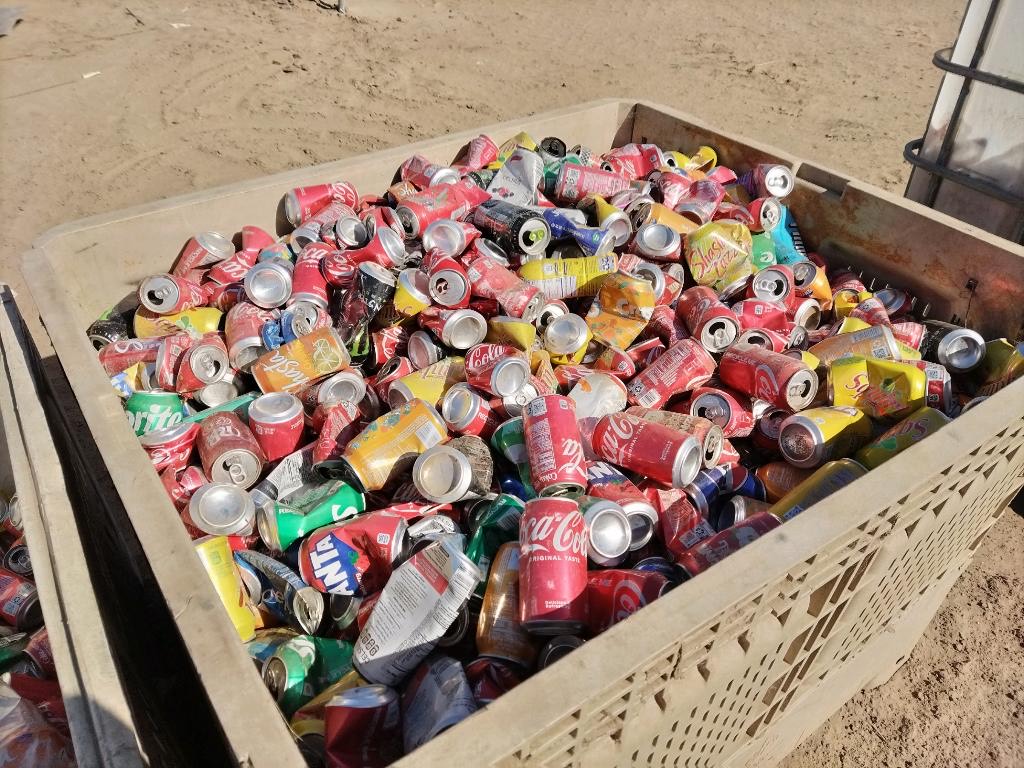
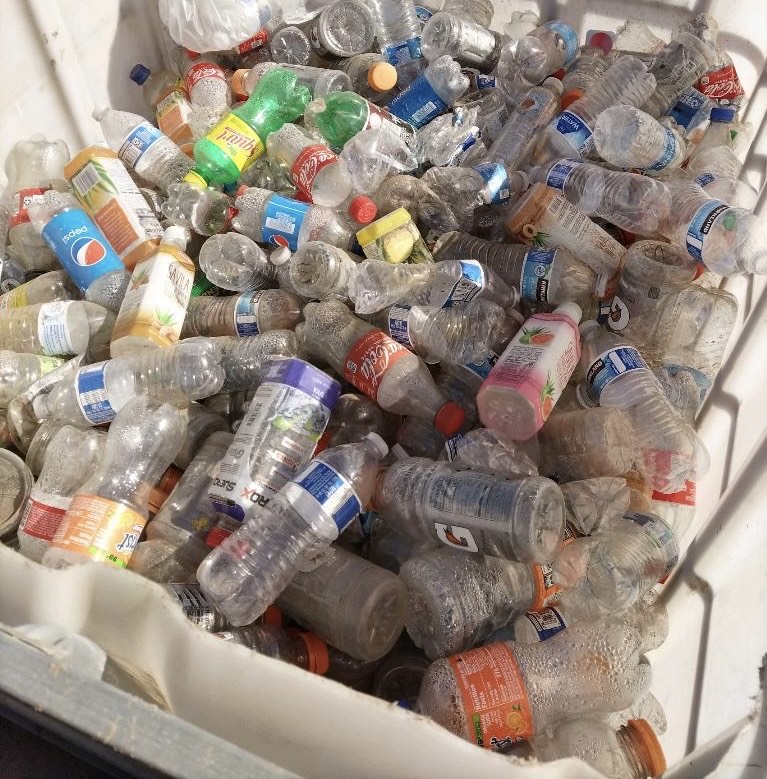
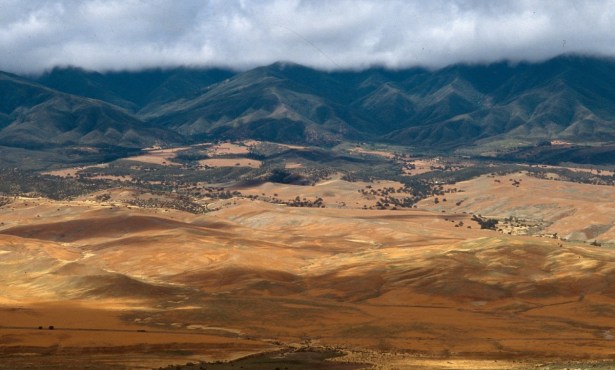
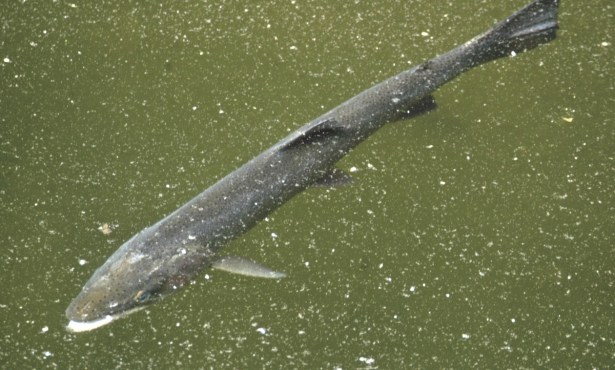
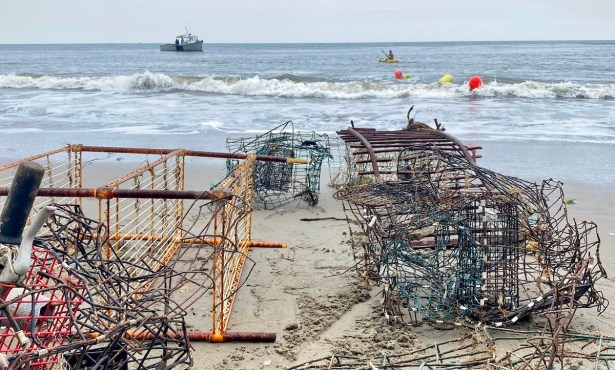
You must be logged in to post a comment.